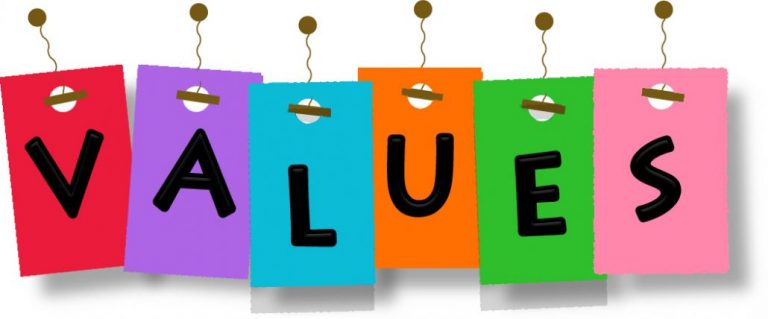A company I recently consulted with asked me to create a Culture Fit Inventory in the recruitment process. When we sat down with the Human Resources team and found out what they wanted to do and what they expected to do, we agreed that it would be better to have the Values Fit Inventory instead of Culture Fit.Culture Fit- Values Fit Inventories are the Concepts that Human Resource specialists are more familiar with. While planning to write an article on this subject, in the Forbes magazine, As I read the article” Cultural Fit tests are over ? “, I wanted to share my knowledge and approach.
The Culture Fit tests include inventory and structured interviewing and interpretation to assess whether the person you want to work with is suitable to the culture of the institution, norms, values, language used, practices and general preferences. It is desirable that the candidates’ values, appearances, behaviors, beliefs and approaches, and their ability to adapt quickly to the existing structure and employees. In a sense, before trying to recruit the candidate, the chemistry between the candidate and the company is evaluated. Fast adaptation is believed to bring high performance, satisfaction and loyalty.
In a study conducted in the United States, 47% of HR Managers stated compliance with recruitment cultures and colleagues as a priority evaluation criterion. Work experience is 27% and required skill and training is 26% (3rd in the list ) In other words, the criterion for adaptation to culture is in the way of experience and skill. The reason for the turnover of recruitment in the balance of a weak cultural harmonization is that the company has a financial reason equivalent to 55-60% annual fee. (SHRM report) So it has been proved that companies have advantages in evaluating adaptation and co-operation.
However, there is another discussion at this point. Does Culture Fit testing also prevent the creation of an innovative culture? Is it contrary to the principle of inclusiveness, that is to accept the different and benefit from differences? What about diversity? We just want to work with people who look like us? When we say culture fit, do we miss our experience, skills and competencies? In addition to all these questions, companies are starting to work with Baby Boomers-X-Y-Z generations as 4 generation together.
The social, economic and political conditions that each generation grew led to different values and behaviors. So whether we like it or not, it seems very unlikely to create and maintain a homogeneous culture. Because of this ,corporate commitment is becoming a serious problem in every company. At the same time, rapidly changing market and customer wants with digitalization are also pushing companies to be innovative and creative. In sum, it is not possible to sustain a culture that is firmly rooted in companies. Institutions need to create a collective culture and link cultural values to this environment. Recently, the concept of “Management by Values” has not been discussed in vain. In Assessment of Alignment , tests and interviews assess candidates in terms of values and ethics compliance, and anticipate orientation and coaching in the adaptation process after recruitment. For example, the situational preferences of people who are accustomed to working in different sectors may reflect their habits in testing. For this reason, it is important to be able to distinguish one’s work ethic, internal motivation and basic values from one’s work habits by using test results in interviews. For example, when evaluating concepts such as team work, individuality, authority, habits in the public sector, in a non-governmental organization, or in the working environment of military candidates may affect their periodic attitudes and approaches.
I want to underline a topic before ending this writing.
Cultural Fit tests should not be confused with personality inventories.
Results of personality inventory gives the results of adaptation to work or compliance with corporate values; but the Cultural Fit Test tries to find a way to adapt to the basic working approach, with more static, norm and rule.
For this reason, as developments evaluate culture, it once again emphasizes the importance of relying on values.

